Modern detergents have replaced household soap in the background. Despite this, it remains one of the most economical cleaning products. It is used not only for washing, but also for cleaning plumbing. It is important to know what laundry soap is made of. The raw materials are vegetable oils and fats. Soap is a natural product because it does not add synthetic substances, flavors and fragrance.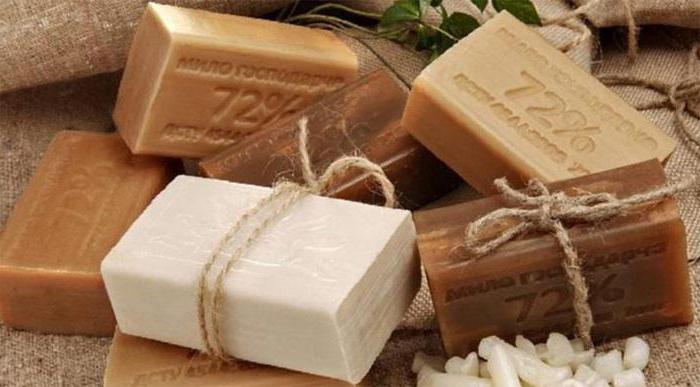
Some people have a false idea of what laundry soap is made of - from dogs. If you omit the moral side and look at it only from the technical side, with a minimum amount of fat, the process becomes unprofitable, and its composition is in no way suitable for soap making.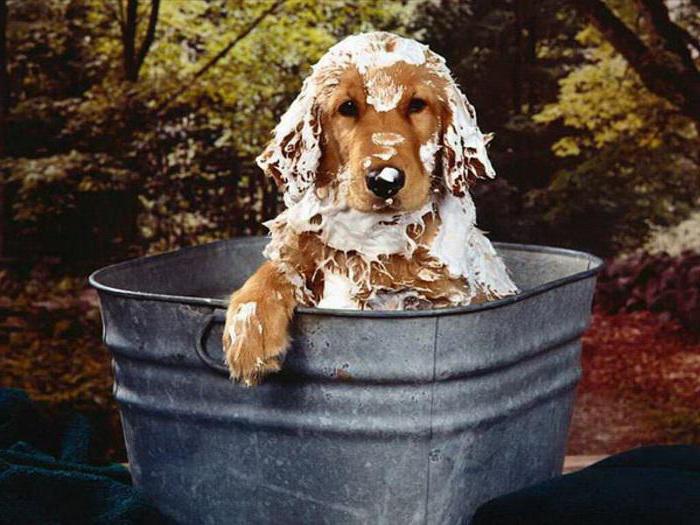
What was soap made in the USSR? For this, sodium salt and waste fatty acids were used. In every home you could find a piece of this universal detergent. 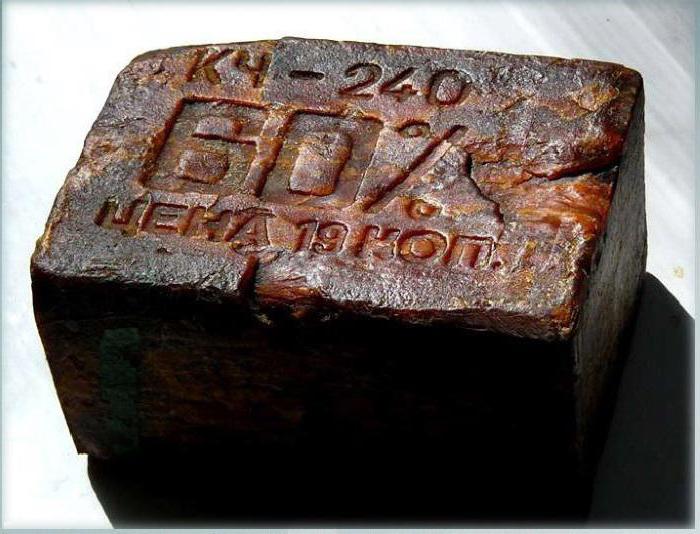
Benefits of Laundry Soap
- Efficiency.
- Environmentally friendly product derived from natural fatty acids and alkalis.
- Ideal hygiene product.
- Hypoallergenic agent.
With soap you can wash off oil paint, fuel oil, old pollution. The product has excellent antimicrobial, disinfectant properties. Eco-friendly soap allows you to wash products, handle combs and toothbrushes.
It is indispensable in household use. Soap foam cleans the fabric well from organic compounds. This detergent is used for cleaning children's things, washing dishes. It removes fat deposits well.
As a home remedy for diseases, laundry soap is used to prevent colds. It is recommended to treat acne and other growths on the skin with a soap composition, apply it to treat suppuration and fungal diseases, and also treat places of sunburn and chemical burns. In addition to eliminating oily skin, the soap removes dandruff well.
It must be remembered that the soap contains a slight excess of alkali, which can wash off not only excess but also necessary fat. In order not to harm the body, when using soap, proper use and dosage are necessary.
Soap composition
What laundry soap is made of depends on many factors. The basis is fats, oils, fatty acids and fat-containing waste products, which are saponified with sodium or potassium alkali.
The following components are used as raw materials.
- Vegetable oils: palm, palm kernel, sunflower.
- Animal fats: beef, pork, mutton or mixtures thereof.
- Salomas The production process consists in saturating the oil with hydrogen atoms at a temperature of 200-3000C in the presence of catalysts made of nickel or platinum. In this case, fats become solid due to the addition of hydrogen atoms to unsaturated fatty acids in the places of double bonds.
- Fatty acids: oleic (unsaturated), stearic and palmitic (limiting). They are isolated from fats, which they contain in different ratios.
- Synthetic fatty acids - FFA. Air purge of paraffin heated to 105-1200C, with the addition of manganese compounds as a catalyst. Mixtures of saturated monocarboxylic acids with impurities are obtained from petrochemical feedstocks. The production of FFA in domestic enterprises has been closed since 2001 due to the unprofitability of technology, poor product quality and a large amount of toxic wastewater.
- Products for the purification of fats and oils with alkali solutions - soap stocks.With their low quality, the soap has an unpleasant odor and has a dark color.
What soap is made of, composition, determines the technology of the process. You must have an idea of the properties of the main product. In any case, it must comply with the requirements of GOST 30266-95. 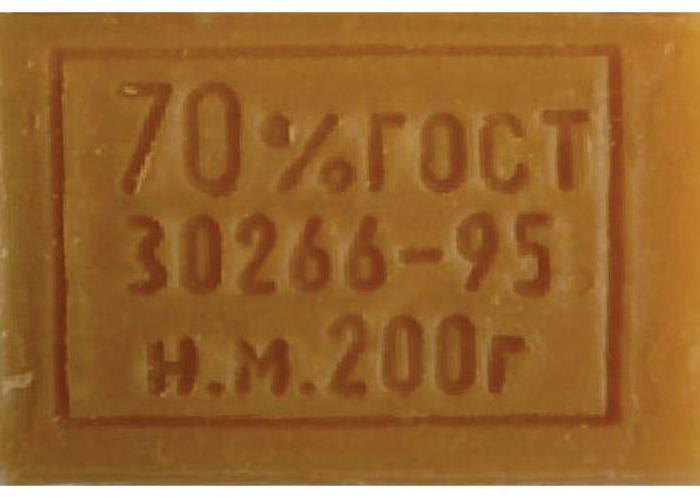
Fats and their properties
Fats are esters of glycerol and higher carboxylic acids. They are of plant and animal origin. The former are liquid, with the exception of palm and coconut oils. In most of them, unsaturated acids based on ethylene bonds predominate. Any natural fats are complex mixtures of glycerides. Animal fat is a solid substance (fat) that contains mostly limiting acids without double bonds.
Properties of fats:
- density - 0.9-0.98 g / cm3;
- insolubility in water;
- with alkali and protein form aqueous emulsions;
- differ in melting point;
- decomposition when heated;
- without color, taste and smell in the absence of impurities.
Fat application
The main purpose of vegetable oils and fats is to eat. In addition, higher carboxylic acids, glycerin, soap, drying oil, varnishes, paints, linoleum, and lubricants are obtained from them.
How do laundry soap in production? For this, edible fats and technical salomas are used.
Saponification of fats
In technology, fats are saponified in boilers by heating with alkalis or with sulfuric acid.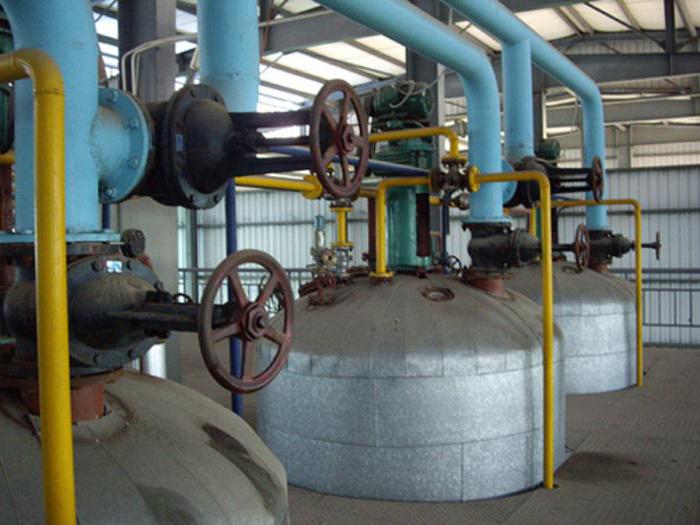
Superheated steam and catalysts are used to speed up the processes. Of the latter, the most common mixture of sulfonic acids, which form emulsions from fats, increasing the surface of their contact with the saponification solution.
Upon decomposition of fats with sodium or potassium alkali, their salts (soaps) and glycerin are formed. The amount of reagent required for complete saponification of the oil is determined through the saponification coefficient according to the tables.
Example
Determine the amount of alkali needed to saponify 1000 g of pork fat.
The weight of the oil should be multiplied by the saponification coefficient: 1000 g × 0.141 = 141 g.
In industry, alkali is used as a 40% solution. For the saponification reaction, the amount of sodium alkali solution will be required: 141 / 0.4 = 352.5 g. If potassium alkali is used, then it will need 1000 g × 0.198 / 0.4 = 495 g.
Laundry soap is made from waste vegetable or animal oils, the number of saponification of which can be in a certain range. Upon receipt of soap, an analysis is first made of the content of free alkali in the product, and then the necessary amount of the missing component is added, and the reaction is brought to an end.
The degree of unsaturation of fats is characterized by an iodine number: the smaller it is, the soap is harder (the indicator is lower than 55) and longer stored.
Fatty Acid Saponification
A suitable substance is selected for the reaction material from the raw materials from which the laundry soap is made. Unlike fats, fatty acids are easily saponified with soda ash and potassium carbonate when cooking in an open boiler. It should be borne in mind that the product contains up to 7% of unsplit fat. In this regard, at the end of cooking, a little alkali is added to saponify it.
If you ask the question of what laundry soap is made of now, then in industrial conditions it is easiest to use fatty acids. The process is less energy-consuming, and instead of expensive alkali, soda ash can be used.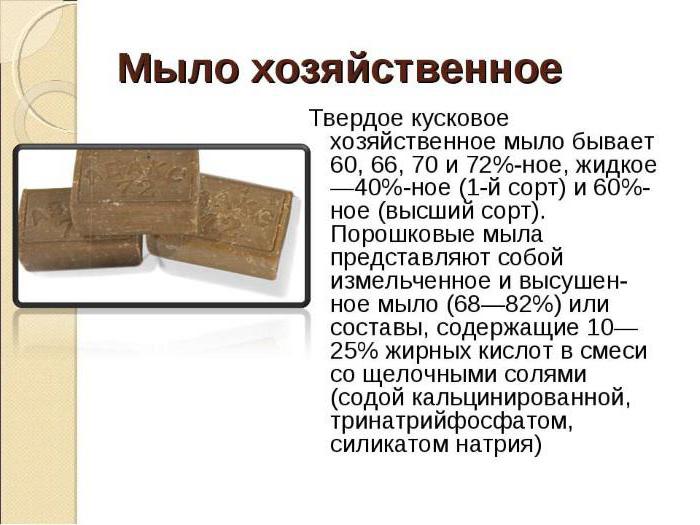
The process of cooking soap from fatty acids is accelerated by 2 times. They are introduced in small portions into a solution of soda ash so that there is no emission of foam formed by the carbon dioxide released.
If the raw materials are of high enough quality, they are saponified directly in the boiler, bringing the amount of saponified product to 40-47%. Then the soap is cooled and cut into pieces.
Low-grade fatty acids are salted out during the cooking process, separating the soap core. At the same time, it is cleaned and a quality product with a higher concentration is obtained.
The content of fatty acids ranging from 64 to 72% is imprinted on a bar of soap. Many are interested in what laundry soap 72 is made of, which is stored longer and has high washing properties.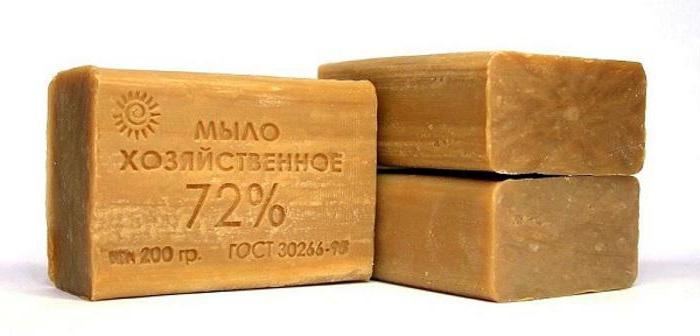
The technology for its preparation is no different from others, only salting out is done at least 2 times to get a sufficiently high concentration of saponified fatty acids.
Conclusion
Laundry soap is still used, despite a large selection of detergents. It has properties that competing products do not have. The main advantage is what soap is made of - from natural products. Alkaline reaction (pH 11-12) allows you to remove complex contaminants.